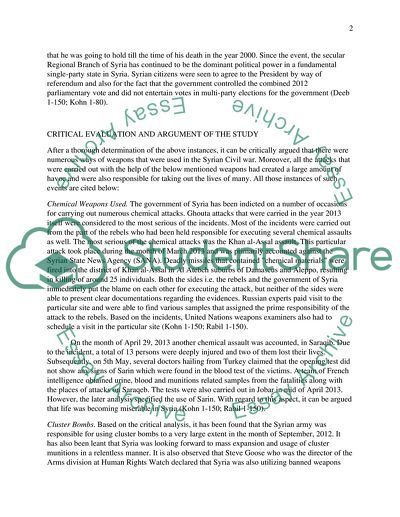Cite this document
(Political Science: Syrian Civil War Term Paper Example | Topics and Well Written Essays - 2500 words, n.d.)
Political Science: Syrian Civil War Term Paper Example | Topics and Well Written Essays - 2500 words. Retrieved from https://studentshare.org/politics/1803580-syrian-civil-war-political-science
Political Science: Syrian Civil War Term Paper Example | Topics and Well Written Essays - 2500 words. Retrieved from https://studentshare.org/politics/1803580-syrian-civil-war-political-science
(Political Science: Syrian Civil War Term Paper Example | Topics and Well Written Essays - 2500 Words)
Political Science: Syrian Civil War Term Paper Example | Topics and Well Written Essays - 2500 Words. https://studentshare.org/politics/1803580-syrian-civil-war-political-science.
Political Science: Syrian Civil War Term Paper Example | Topics and Well Written Essays - 2500 Words. https://studentshare.org/politics/1803580-syrian-civil-war-political-science.
“Political Science: Syrian Civil War Term Paper Example | Topics and Well Written Essays - 2500 Words”, n.d. https://studentshare.org/politics/1803580-syrian-civil-war-political-science.


